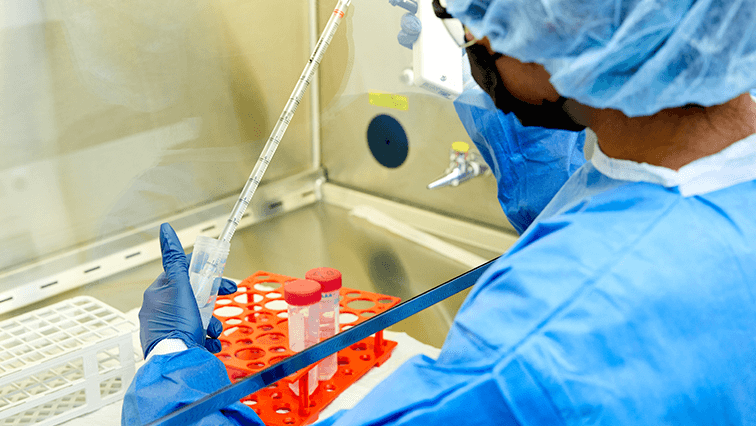What is Platelet Rich Plasma (PRP) Therapy?
&srotate=0)
The Basics of PRP
what is (PRP) therapy , also referred to as platelet therapy, is a form of regenerative medicine that uses the natural healing mechanism of the human body to reduce chronic pain or accelerate healing of tendon, ligament, muscle, joint, or skin injuries. The nonsurgical procedure has been used to treat tendinitis, osteoarthritis, rotator cuff tears, chronic plantar fasciitis, tennis elbow, anterior cruciate ligament (ACL) injuries, back and neck injuries, and even hair loss. It is especially popular among athletes, such as Tiger Woods, who received the treatment to accelerate the healing of his knee ligament following ACL repair surgery. So, how does the treatment work?
PRP therapy essentially involves the injection of platelets into the injured or diseased body tissue. Platelets, also called thrombocytes, are cell fragments made in our bone marrow and found in plasma–the liquid portion of the blood containing water and protein. They contribute to blood clot formation and, most importantly to us, play a critical role in healing.
Putting the “Platelet” in “Platelet Rich Plasma”
To obtain these essential platelets, you can expect the doctor to draw blood from your body. This blood sample is then processed after being spun in a high-speed centrifuge to separate the blood into different layers, each representing a different component. The topmost layer that forms contains the platelets! Once they have been isolated, purified, and concentrated, your doctor will numb the part of your body requiring treatment with a local anesthetic. and carefully inject the platelet-rich plasma. Your doctor may use ultrasound technology to aid them during the procedure and ensure the precise targeting of problematic tissues. The injected platelets will then break down and release growth factors, which accelerate cellular repair and work to replenish the injured or diseased area.
There are several steps one must take before receiving PRP injection. Examples of these include taking a break from certain vitamins and supplements like omega-3 fatty acids, as well as avoiding blood-thinning medications like aspirin and ibuprofen. Your physician will guide you through the preparatory process and perform a comprehensive review of your medical history to make sure you are a suitable candidate for the procedure. For example, individuals who have a low platelet count, anemia, an infection, or cancer are not eligible to receive PRP injections.
Why Choose PRP?
In total, the procedure following the plasma processing takes as little as 30 minutes and presents a low risk of complications and side effects. After all, your own platelets are being injected back into your body! Mild soreness or bruising at the injection site can be expected, and a few weeks (and perhaps a few repeat sessions) may be necessary for the PRP to start working; however, the data surrounding PRP success look promising.
Patients who have received PRP therapy have reported improved mobility and function in their daily life, as well as reduced pain. It is very well supported that this procedure can significantly enhance the healing process and is a great, nonsurgical alternative to anti-inflammatories and strong medications like opioids.
Written By: Nawal Panjwani
Edited By: Camden Rowe